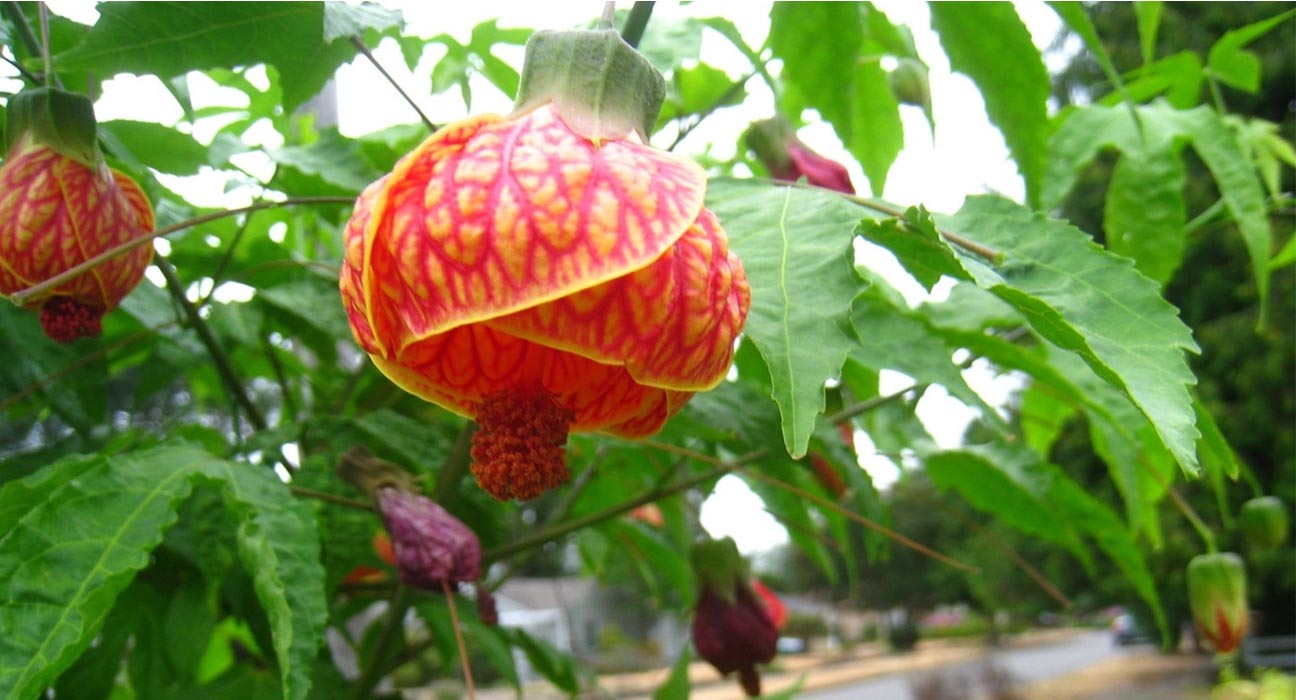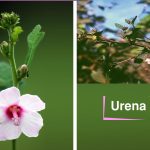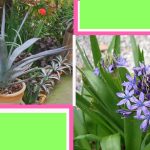Chinese Abutilon theophrasti fiber (AF) ranks first in the world for yield; however, its application in the textile field is limited due to its characteristics. It is also known as Abutilon Fiber.
China is a large, agricultural nation with more than 100 kinds of bast fiber plants.
Abutilon fiber (AF) ranks first in the world for yield. Abutilon theophrasti can be planted in both wild and cultivated areas, as its bast fiber possesses outstanding water and salt tolerance. However, the lignin content in the fiber is typically about 16.4%, which limits the development potential of AF in the textile field (Guan et al. 2003). Applications for this fiber primarily consist of the production of ropes, jute bags, and other forms of packaging.
Abutilon Fiber
Fibrilia fiber in general is recyclable, highly biodegradable, and has relatively high specific strength and modulus properties. It has a high length-to-diameter ratio, which makes it suitable for use as reinforcement in composite materials (Liu and Huang 2005a; Velde and Kiekens 2001).
Meanwhile, thermoplastic resin possesses a good linear molecule structure, and its toughness can be 10 times that of thermosetting resin. This resin also possesses low hygroscopicity, good impact resistance, low storage condition requirements, and a relatively long preservation time.
Abutilon Fiber
The production of thermoplastic-based composites is fast and produces little pollution. Therefore, the selection of thermoplastic resin as matrix material is an advisable direction for studies and applications.
In contrast to studies on wood fiber/polymer composites, the aging resistance of fibrils-reinforced thermoplastic composite has not been fully explored. The present study aimed to analyze the physical and mechanical properties of AF-reinforced high-density polyethylene (HDPE) composites, focusing on its degree of deterioration in the condition of accelerated aging. This study will provide helpful information for the use and preparation of fibrilla-reinforced composites.
Reference:




